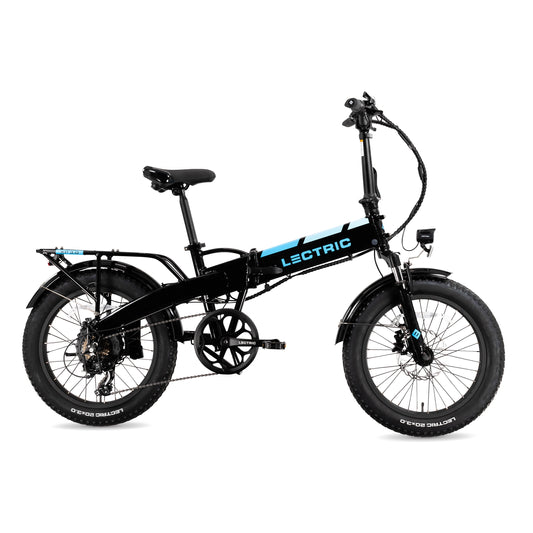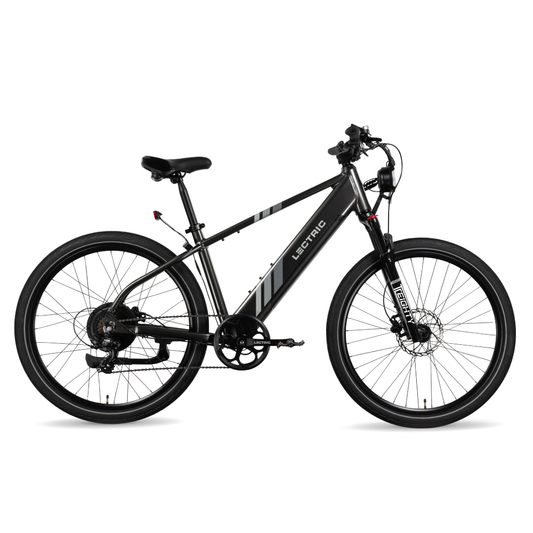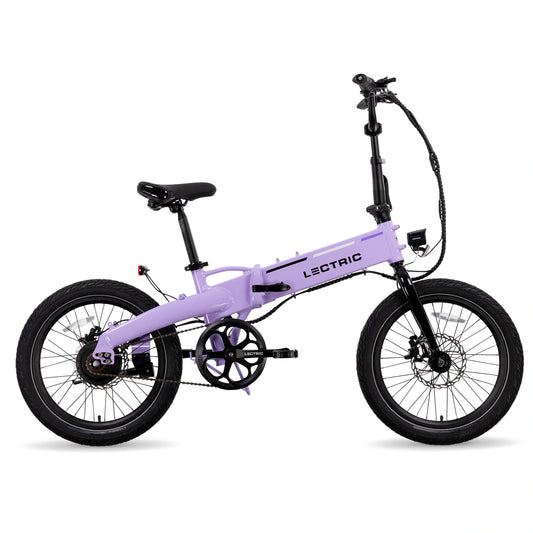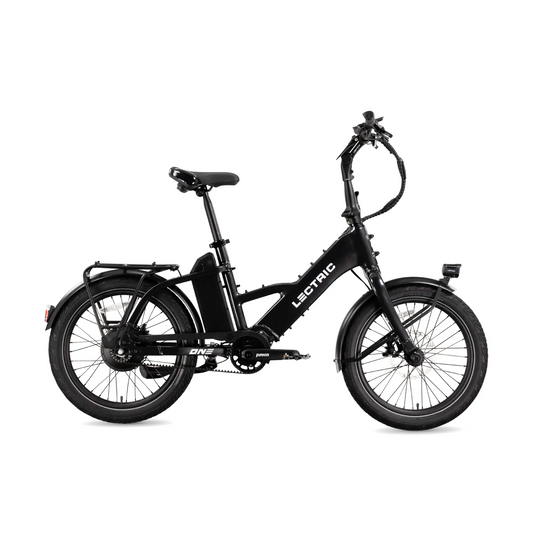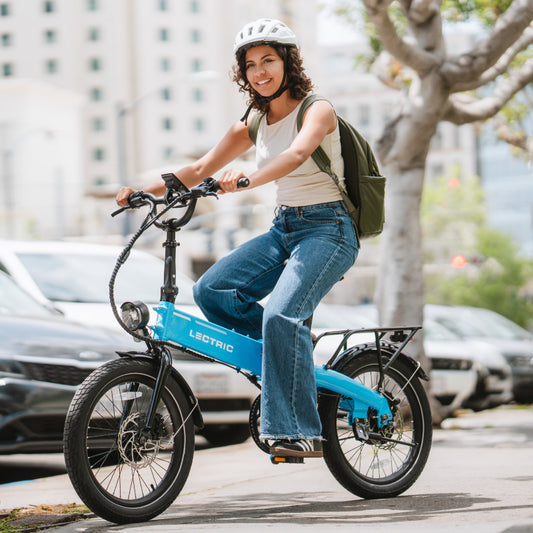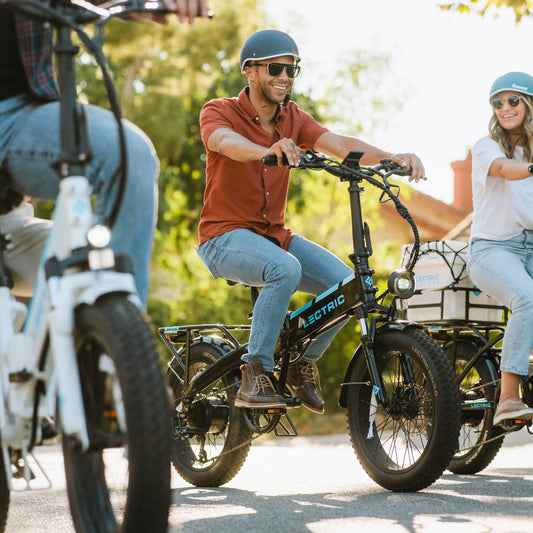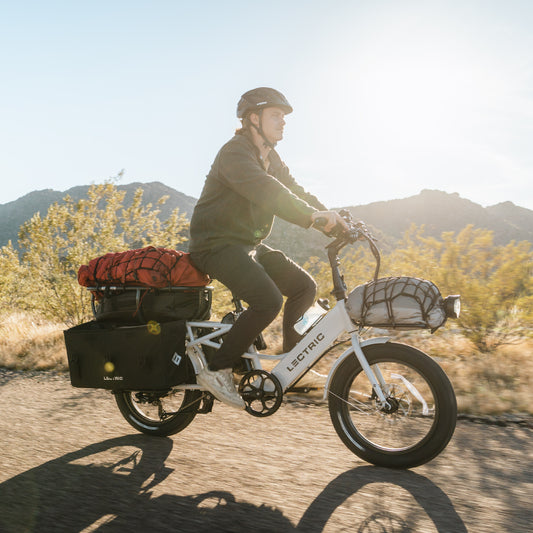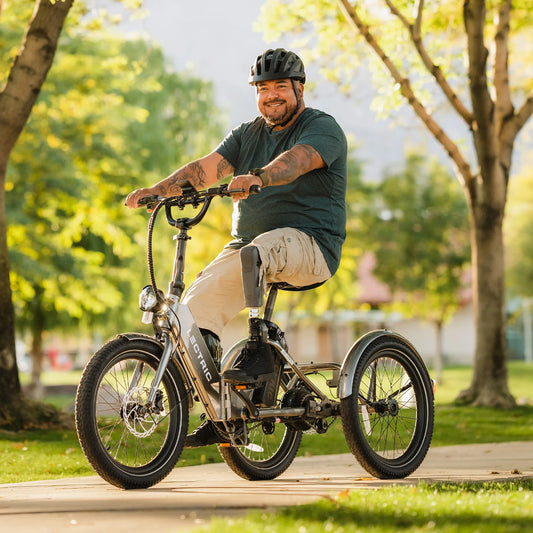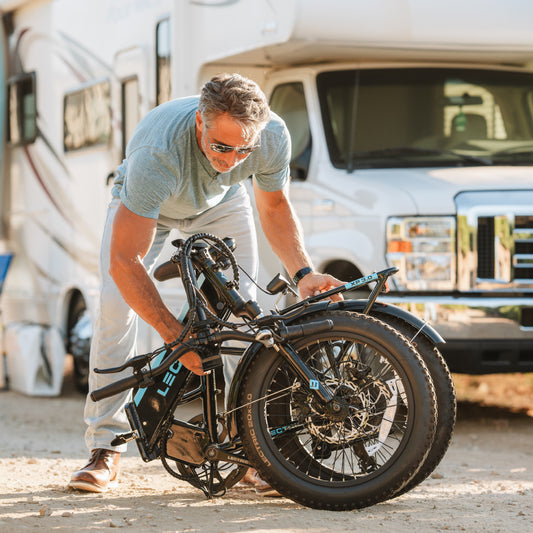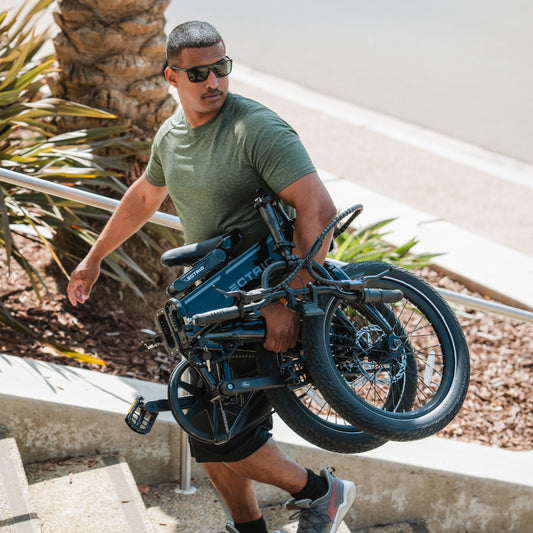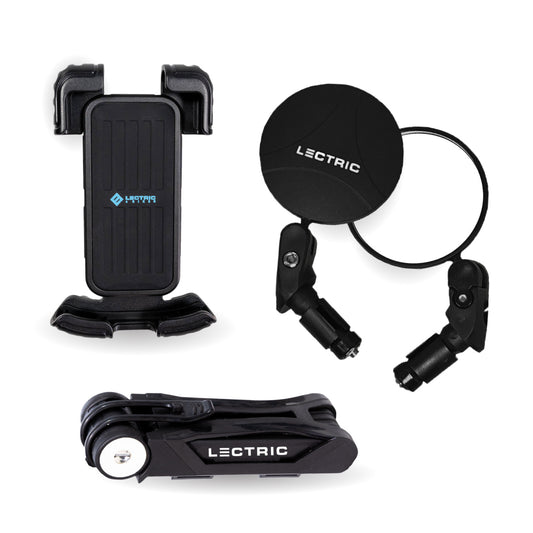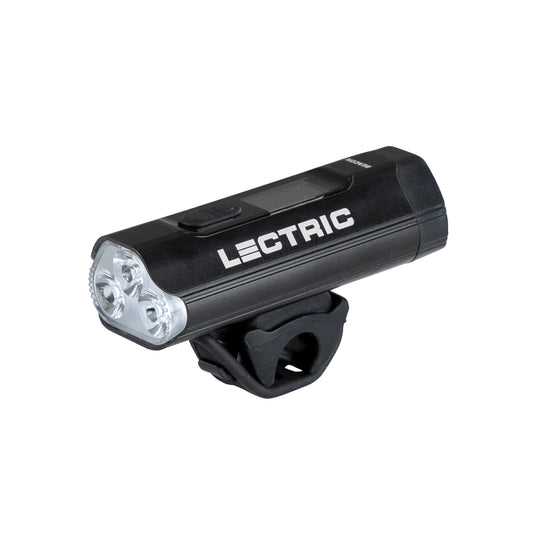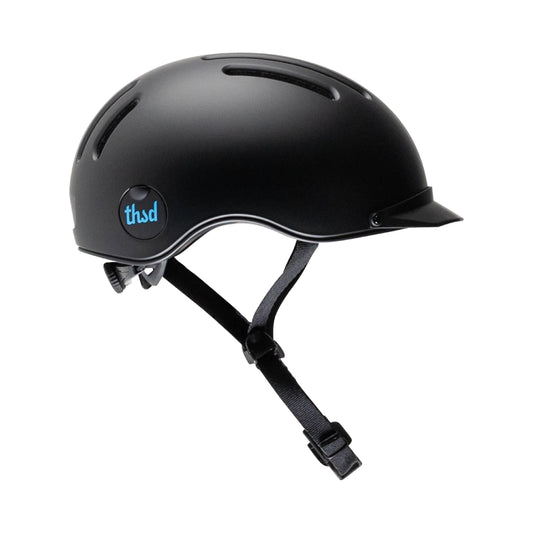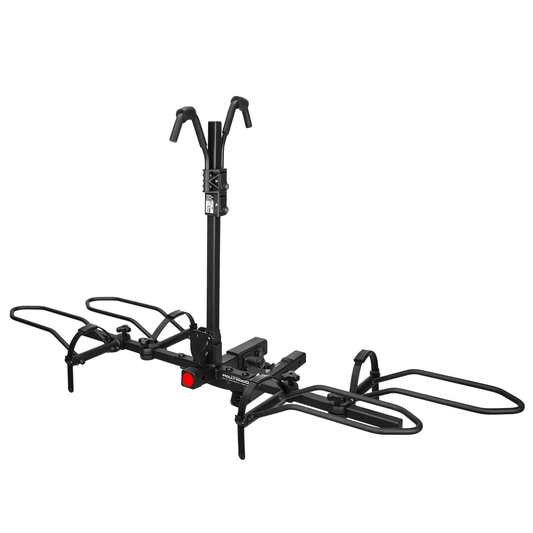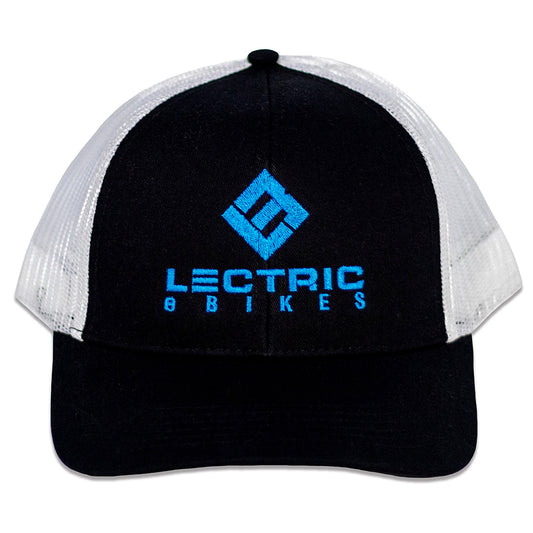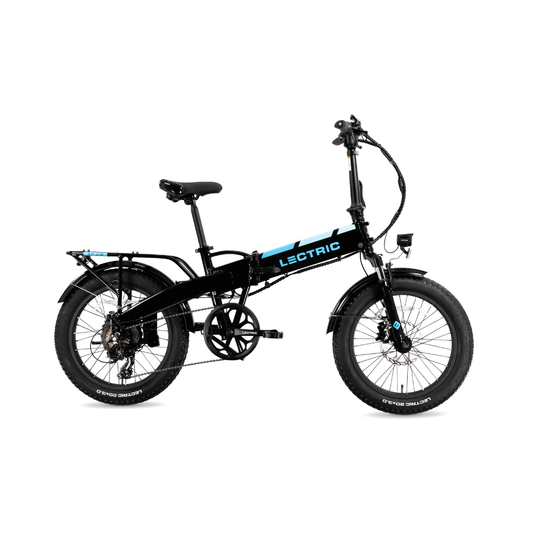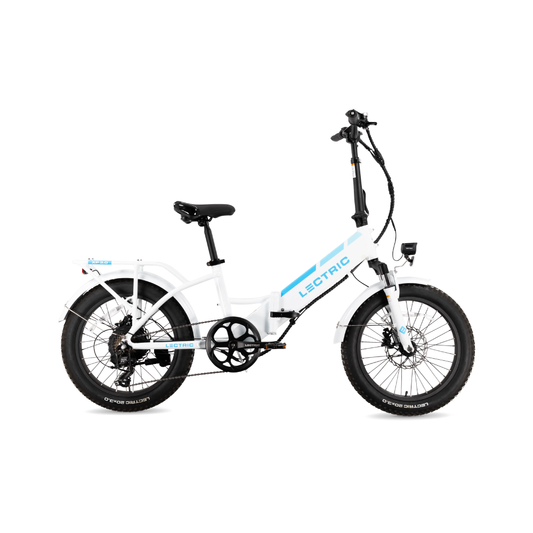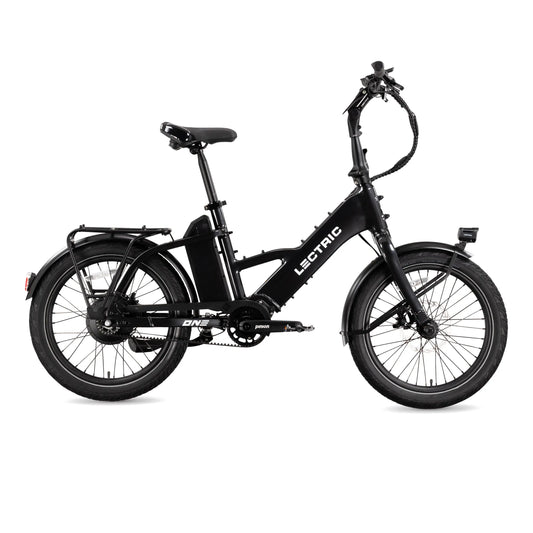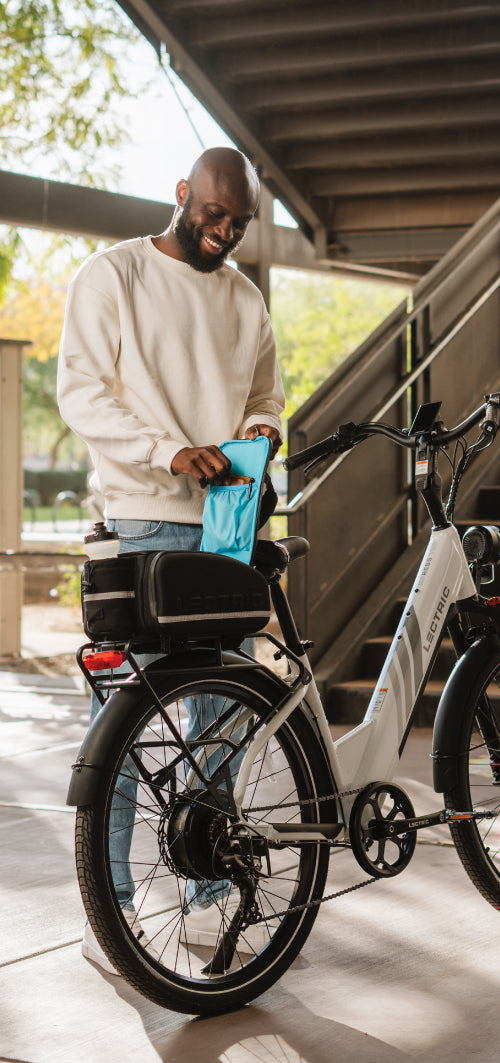Congratulations! You’ve just received your first eBike, you’ve pumped up the tires, you’ve charged it up, and you’re ready to ride! Where to? Since your new bike is not a typical bicycle, you may find yourself trying to figure out when and where you can ride. Whether you’re using your eBike to commute to work or to explore parts unknown, it’s important to understand what you’re riding and how it affects your adventures.
In the past, eBikes were grouped in the same category as mopeds, motorcycles, and ATVs. This categorization compiles eBikes in as motorized vehicles, which either requires licensing and registration or designated areas for riding. Now, eBikes are federally defined as a bicycle with a low-speed integrated motor and have formed a category of their own. Even with this federal definition, states still have the final say over where eBikes are allowed to roam. While eBikes have seen a massive boom in the United States over the last few years, there are still quite a few states that offer extremely vague laws and regulations for eBikes.
In the United States, eBikes are limited to a 750W motor and have a speed limit of 28mph/45kph to be classified as an eBike. In Canada, eBikes cannot exceed 500W and have a speed limit of 20mph/32kph.
There are three classes of eBikes that are recognized by nearly two dozen US states:
-
Class 1: pedal assist only, maximum speed of 20mph
-
Class 2: pedal assist and throttle, maximum speed of 20mph for both functions
-
Class 3: pedal assist and throttle, maximum speed of 28mph for pedal assist and maximum speed of 20mph for throttle
Regardless of your eBike’s class, most eBikes are required to show a label of their class type, wattage, and top speed. For example, a label is located on the frame of the Lectric XP™ 2.0 that shows it is a class 2 eBike with 500W motor and top speed of 20mph. If the XP™ is adjusted to become a class 3 eBike, a second label is located underneath the class 2 label describing the class 3 specifications.
We now know that laws vary between states, but they can also vary between cities and even between different segments of land. Some areas allow certain classes of eBikes on sidewalks, while others only allow road-riding. Some states, such as Arizona and Florida, allow both eBikes and bicycles to ride on the same trails and paths with locality approval and potential class restrictions. When in doubt, check your region’s legislation or contact your local land Marshall to ensure that you are in the clear to ride.
With how quickly the eBike trend is growing, more direct laws and regulations are likely to arise from regions that have not yet given eBikes a second thought. For example, New York is currently working to develop more concise laws for eBikes, as they’ve recognized a dire need for clarity. Using the preexisting three-tier classification as a base can greatly assist other states in defining more consistent guidelines for riders. Passionate riders around the world are also taking a stand with their local legislation to highlight the benefits of eBikes and inspire riding in more areas. With more eBikes exploring the world now than ever before, we are only just beginning to see the positive impact eBikes have in our culture!
For more information, check out these resources:

